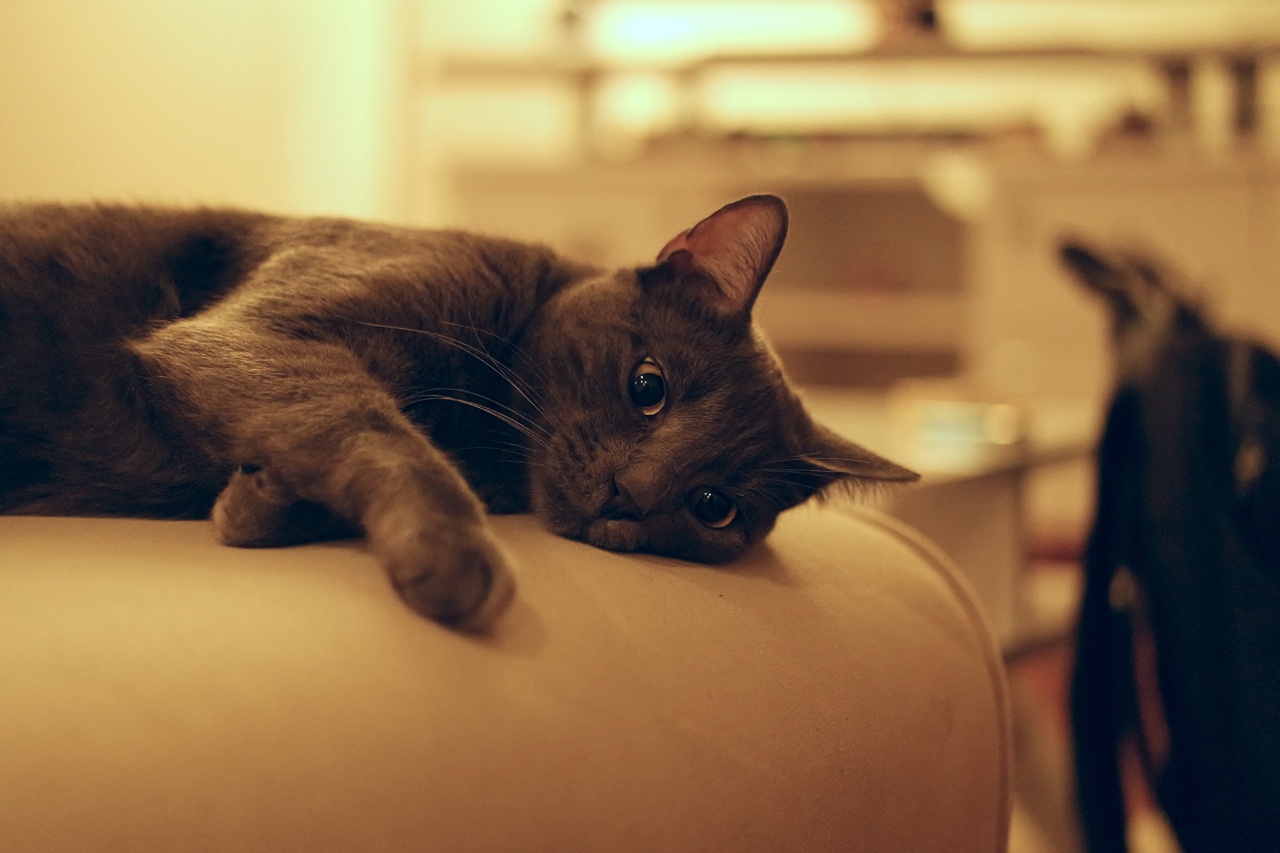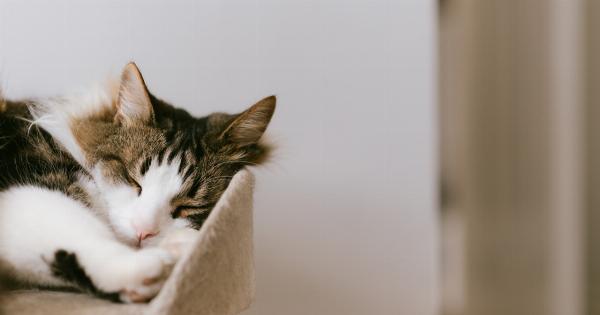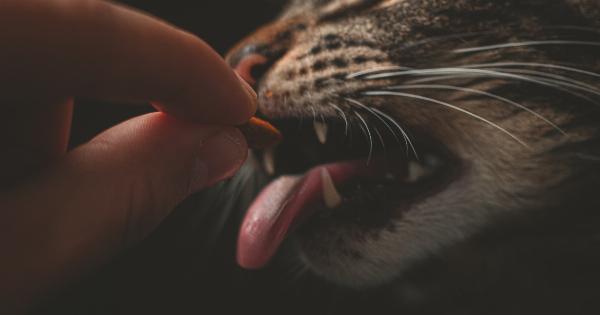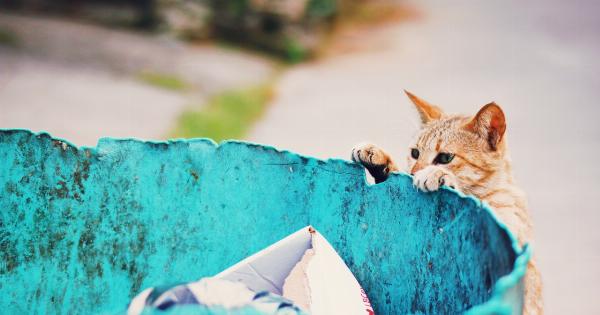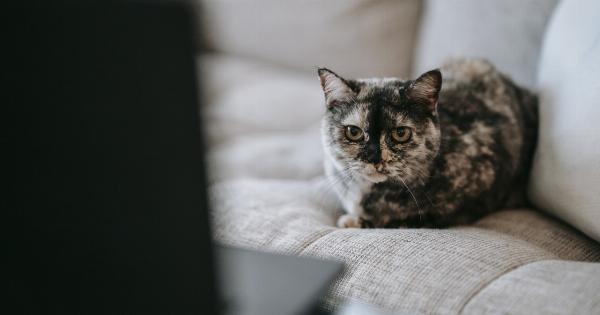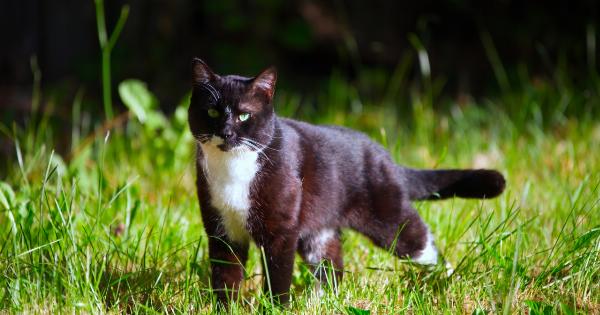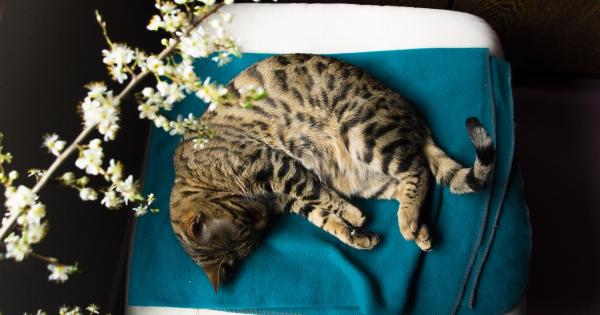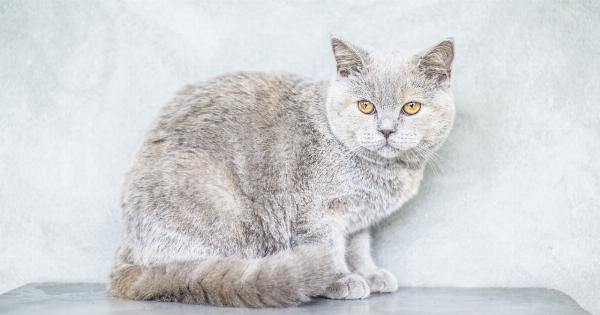As a cat owner, you have probably experienced the joy of feeling your furry friend’s sharp claws while they knead your lap or furniture.
While it might be tempting to think of cat claws and scratching as a nuisance, it is important to understand that this behavior is deeply ingrained in their nature and serves several essential purposes for their overall well-being.
The Good: Why Cats Scratch
Cats scratch for various reasons, and knowing these motivations can help you appreciate the positive aspects of this behavior:.
1. Marking Territory
Cats have scent glands in their paw pads, and when they scratch, they leave behind odorous markers that others can detect. This marking behavior helps them establish their presence and claim their territory.
2. Stretching and Flexing
Scratching is an excellent way for cats to stretch their muscles and keep them agile. It helps them maintain their flexibility, especially after a long nap.
3. Nail Maintenance
Scratching is an integral part of a cat’s nail care routine. It helps remove the outer sheath of their claws, ensuring healthy growth, and preventing discomfort or injury that may arise from overgrown nails.
4. Stress Relief
Just like humans engage in stress-relieving activities, cats scratch as a way to alleviate anxiety and release tension. It provides them with a physical and emotional outlet for their pent-up energy.
The Bad: Challenges of Cat Claws and Scratching
While scratching is natural for cats, it can pose a few challenges for cat owners:.
1. Furniture Damage
Uncontrolled scratching can result in substantial damage to your furniture, leaving unsightly scratches and tears on upholstery, wooden surfaces, and carpets.
2. Injury Risk
If your cat’s scratching behavior is not appropriately directed, they may accidentally scratch you or other family members, potentially leading to painful wounds or infections.
3. Safety Hazards
Indoor cats may inadvertently damage electrical cords, curtains, or other delicate items while trying to satisfy their scratching instincts. This can create safety hazards within the house.
Solutions for Managing Scratching Behavior
Fortunately, there are various effective solutions to redirect your cat’s scratching behavior and minimize the negative consequences:.
1. Provide Suitable Scratching Surfaces
Ensure your cat has access to appropriate and enticing scratching surfaces. Invest in sturdy scratching posts or boards covered in materials like sisal or cardboard.
Place them strategically near your cat’s favorite spots or areas where they tend to scratch.
2. Make Furniture Less Appealing
Protect your furniture by making it less appealing for scratching. Cover the targeted areas with double-sided tape or aluminum foil, as cats dislike the texture and noise. Additionally, you can use specially designed cat deterrent sprays or protectors.
3. Regular Nail Trimming
Trimming your cat’s nails regularly is crucial for their nail health and helps minimize the damage caused by scratching. Seek advice from your veterinarian on the correct technique and frequency for nail trimming.
4. Positive Reinforcement
Encourage your cat to use their designated scratching areas by rewarding their good behavior. Praise and treat them when they use the scratching post or board.
Positive reinforcement will help them associate scratching in appropriate places with pleasant experiences.
5. Provide Mental and Physical Stimulation
Ensuring your cat receives enough mental and physical stimulation can reduce their overall urge to scratch excessively.
Play with your cat using interactive toys, provide climbing trees, and engage in regular play sessions to keep them entertained and fulfilled.
6. Consult a Professional
If you find it challenging to manage your cat’s scratching behavior on your own, consider seeking the assistance of a professional animal behaviorist or a veterinarian with expertise in feline behavior.
They can provide tailored guidance and solutions based on your cat’s specific needs and circumstances.
Conclusion
Understanding the natural instincts behind cat claws and scratching is essential for every cat owner. While scratching can lead to furniture damage and potential injuries, it serves as a vital aspect of your cat’s behavior and well-being.
By providing suitable alternatives and redirection, you can enjoy a harmonious environment while catering to your cat’s needs. Remember to reinforce positive behavior and seek professional assistance when necessary to ensure a happy and healthy relationship with your feline companion.
